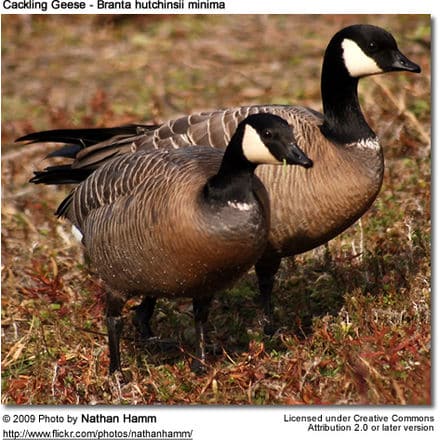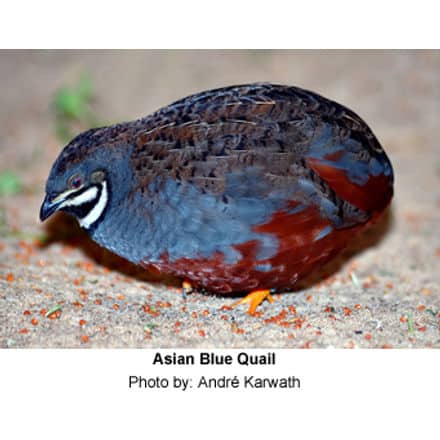Emerald-bellied Woodnymph (Hummingbirds)
The Emerald-bellied Woodnymph (Thalurania [fannyi] hypochlora) – also known as Citado Wood Nymph – is mostly considered a sub-species of the Green-crowned Woodnymph (Thalurania fannyi); but some authorities consider the Emerald-bellied to be a separate species. The taxonomy is yet to be determined.
Alternate (Global) Names
Italian: Driade panciasmeraldo … French: Dryade à ventre émeraude, Dryade à ventre vert … Latin: Thalurania fannyi hypochlora, Thalurania furcata hypochlora, Thalurania hypochlora … Danish: Smaragdbuget Skovnymfe …Japanese: midorimorihachidori … Polish: widlogonek ekwadorski, wid?ogonek ekwadorski … Russian: ????????? ????? … Slovak: dryáda smaragdová … Swedish: Grönbukad skogsnymf
Distribution / Range
The Emerald-bellied Woodnymph is a South American hummingbird that is found in the Pacific lowlands of southwestern Ecuador and Peru.
Description
The adult male has a green head, back and underplumage. He has violet-blue “shoulders”, and a forked tail.
The female has a green upper plumage and whitish under plumage. She has blue or green “shoulders”, and a white-tipped dark blue tail.
Hummingbird Resources
- Hummingbird Information
- Hummingbird Amazing Facts
- Attracting Hummingbirds to Your Garden
- Hummingbird Species
- Feeding Hummingbirds
Nesting / Breeding
Hummingbirds are solitary in all aspects of life other than breeding; and the male’s only involvement in the reproductive process is the actual mating with the female. They neither live nor migrate in flocks; and there is no pair bond for this species. Males court females by flying in a u-shaped pattern in front of them. He will separate from the female immediately after copulation. One male may mate with several females. In all likelihood, the female will also mate with several males. The males do not participate in choosing the nest location, building the nest or raising the chicks.
The female is responsible for building the cup-shaped nest out of plant fibers woven together and green moss on the outside for camouflage in a protected location in a shrub, bush or tree. She lines the nest with soft plant fibers, animal hair and feather down, and strengthens the structure with spider webbing and other sticky material, giving it an elastic quality to allow it to stretch to double its size as the chicks grow and need more room. The nest is typically found on a low, thin horizontal branch.
The average clutch consists of two white eggs, which she incubates alone, while the male defends his territory and the flowers he feeds on. The young are born blind, immobile and without any down.
The female alone protects and feeds the chicks with regurgitated food (mostly partially-digested insects since nectar is an insufficient source of protein for the growing chicks). The female pushes the food down the chicks’ throats with her long bill directly into their stomachs.
As is the case with other hummingbird species, the chicks are brooded only the first week or two, and left alone even on cooler nights after about 12 days – probably due to the small nest size. The chicks leave the nest when they are about 20 days old.
Diet / Feeding
The Emerald-bellied Woodnymphs primarily feed on nectar taken from a variety of brightly colored, scented small flowers of trees, herbs, shrubs and epiphytes.




